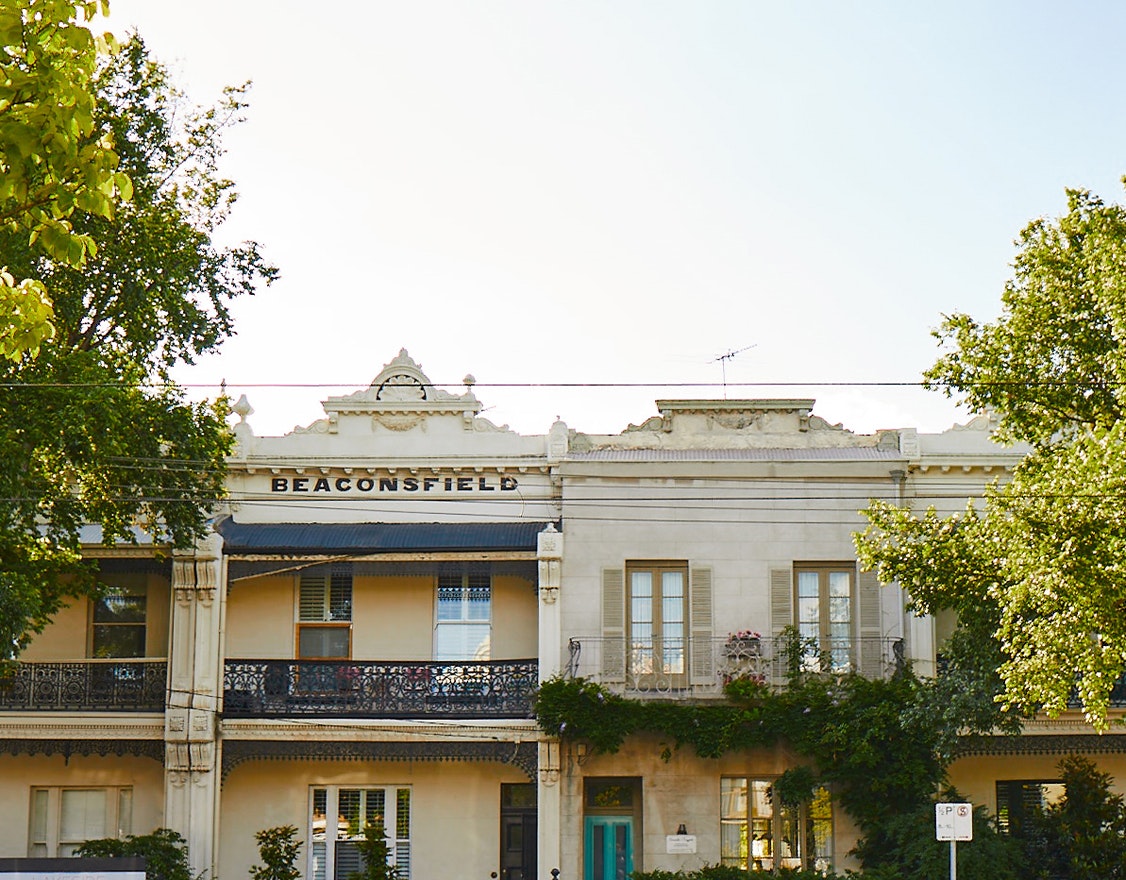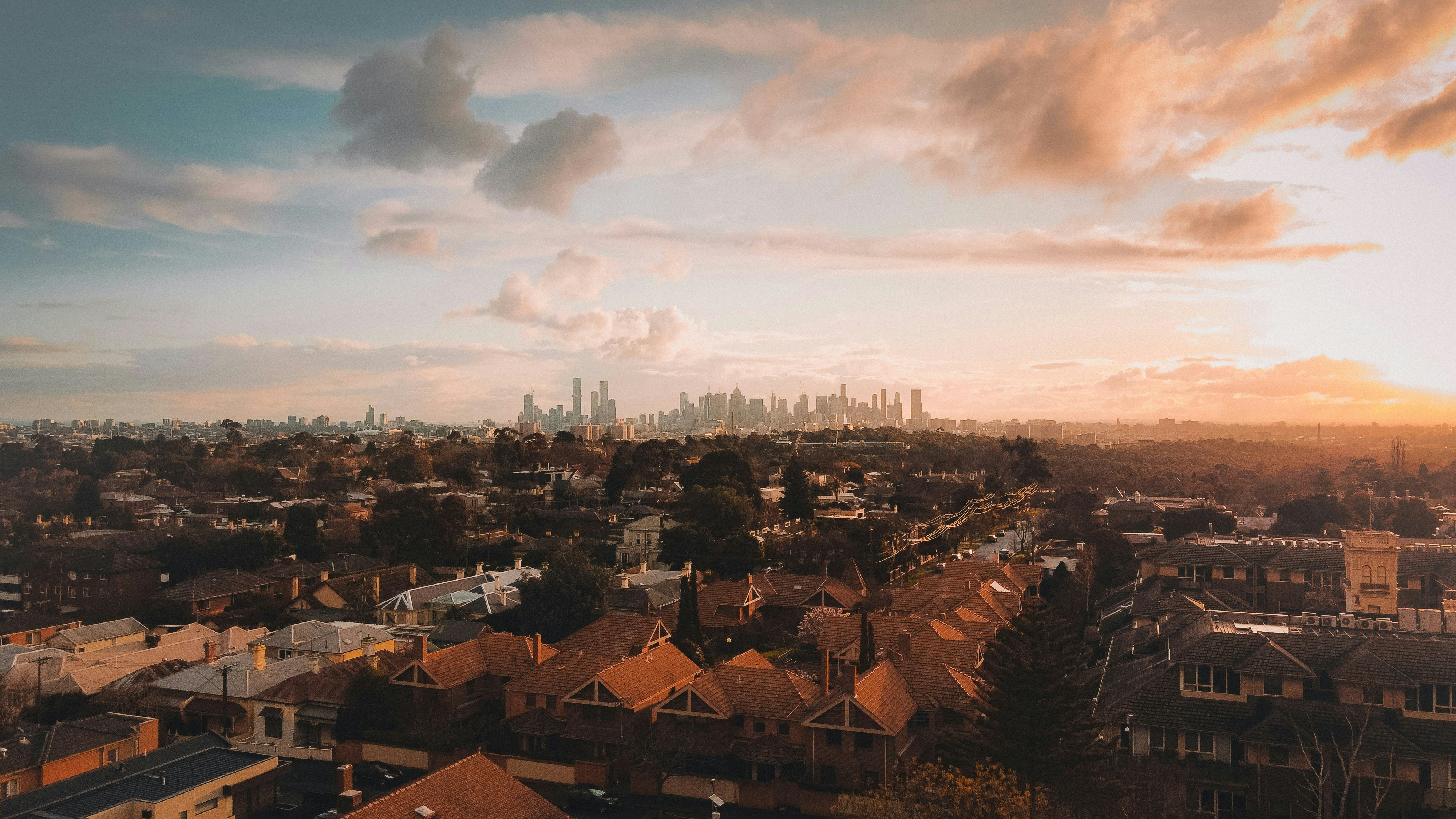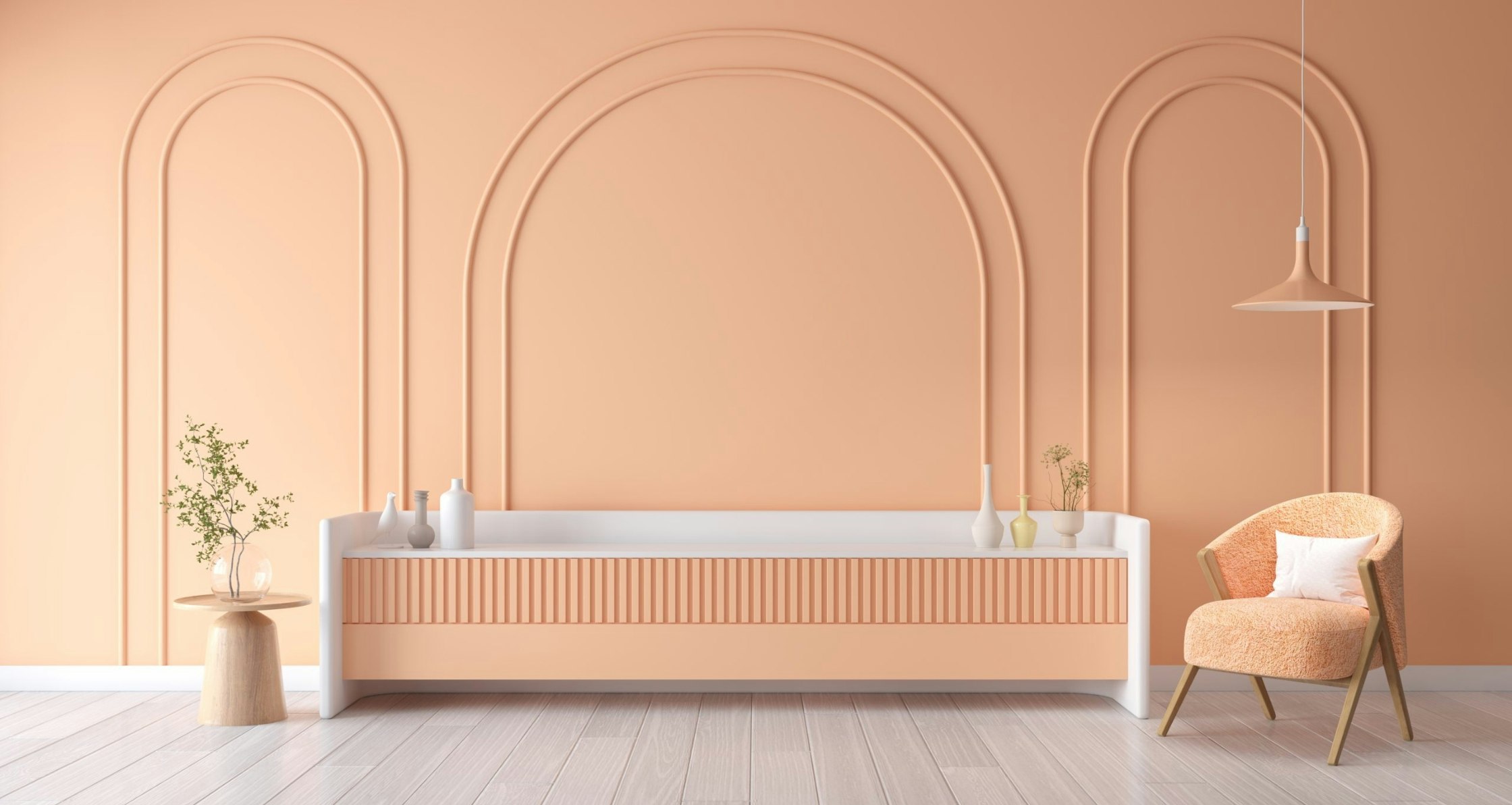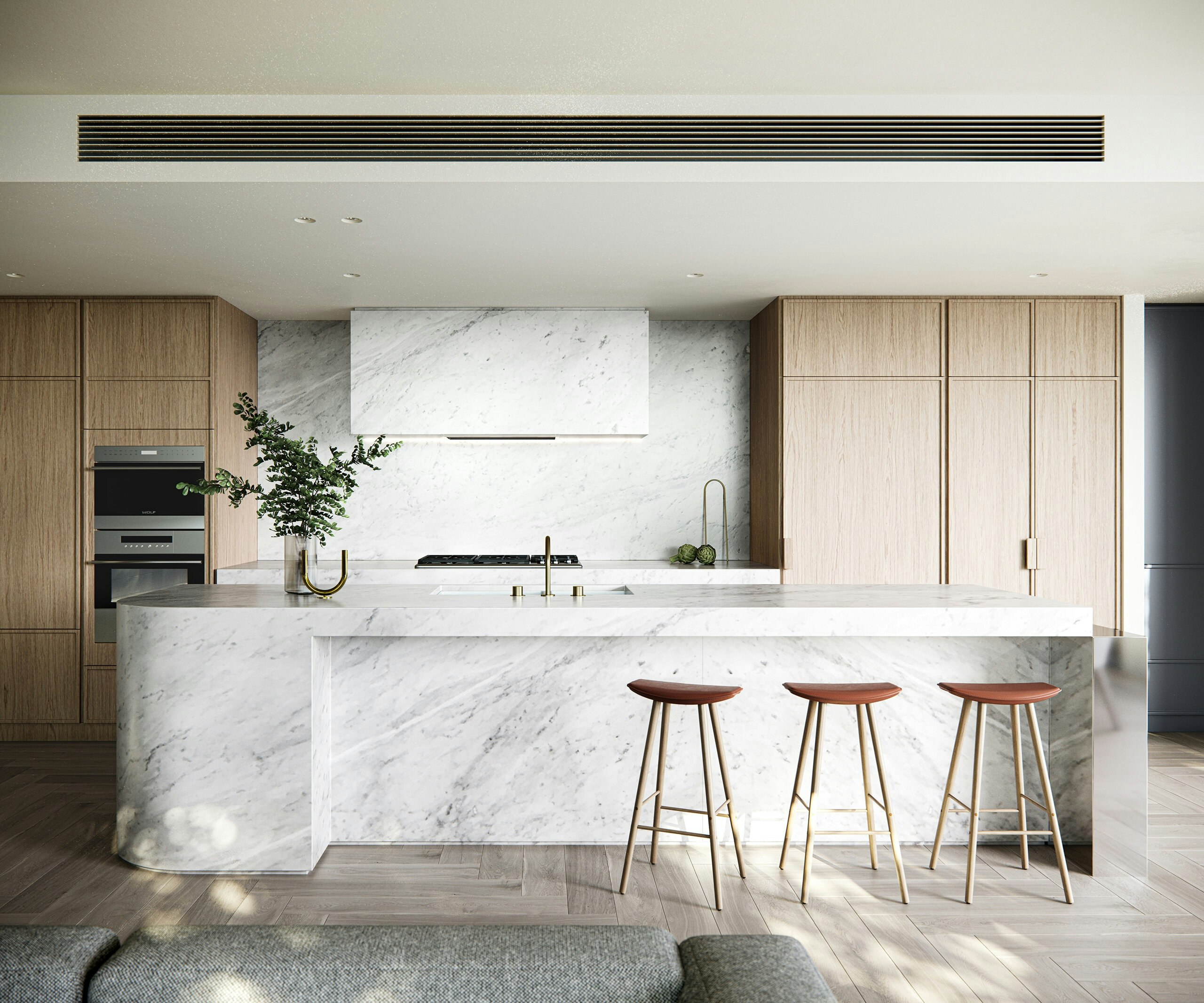The 1930s marked the zenith of Art Deco architecture globally and saw Melbourne undergo a transformative 'revolution' in modern architecture, becoming a hub for this architectural style, with numerous buildings reflecting the era's distinct aesthetic.
Property Insights Melbourne: Australia's Art Deco city
Next ArticleMelbourne: Australia's Art Deco city
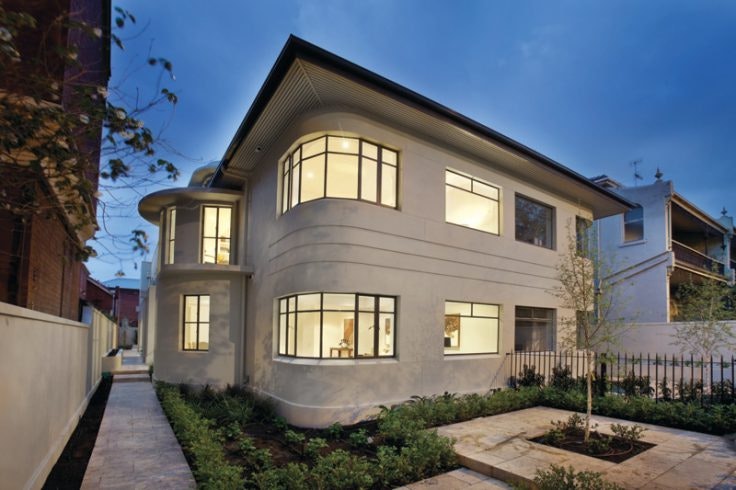
A city renowned for its diverse architectural styles, Melbourne is particularly distinguished for its Art Deco heritage, a style that uniquely represents a dramatic societal transformation. Originating in the 1920s, the Art Deco era was a response to the aftermath of World War I, symbolising a society eager to rebuild and move forward.
23 December 2023
The Emergence of Art Deco in Melbourne
The Art Deco movement emerged as a stark contrast to the conservative architectural styles of the early 1920s. It was characterised by geometric designs, bold colours, and the innovative use of new materials like plastic, glass, reinforced concrete, cement rendering, and terracotta facing. This period marked significant advancements in technology, entertainment, and social dynamics, influencing everything from furniture and art to fashion and textiles.
Melbourne's Skyline Transformation
The concept of the skyscraper dovetailed with the rise of Art Deco, profoundly altering Melbourne's skyline. One of the most iconic Art Deco buildings from this time is the Manchester Unity building, designed by Marcus Barlow and completed in 1932. Inspired by the Chicago Tribune building, it stood as a symbol of hope during the Great Depression. While Sydney curbed its construction in the 1930s, Melbourne boldly embraced Art Deco, setting a precedent for Australian cities with its architectural audacity.
The Art Deco Era's Legacy
The Art Deco era, spanning the boom of the Roaring Twenties to the bust of the 1930s, eventually saw a decline with the onset of World War II, giving way to more functional, unadorned architectural styles. While some of Melbourne's original Art Deco masterpieces have been lost to development, there is a commitment to preserving our Art Deco heritage, evident in the numerous buildings that have been meticulously maintained or restored. This preservation effort is not just about maintaining the physical structures but also about keeping alive the spirit of an era that significantly shaped the city's architectural identity.
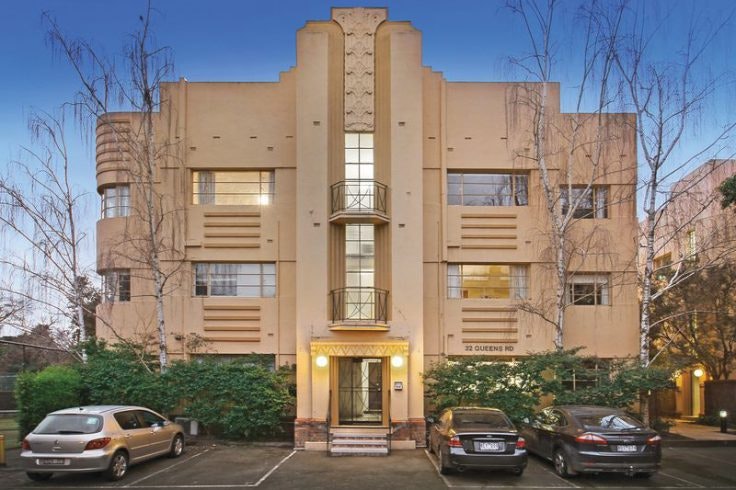
Melbourne's Art Deco buildings offer a unique window into a transformative period in our history, making them invaluable cultural and architectural treasures.
